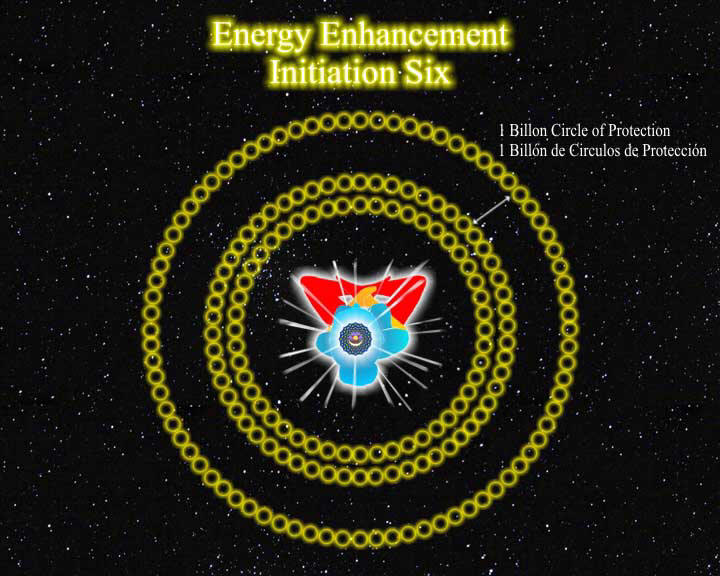female reproductive system

|
The female reproductive organs include the vagina (a muscular passage that connects the cervix with the external genital organs - one of which is a sensitive mound of tissue called the clitoris), the cervix (the lower part of the uterus that separates the body of the uterus from the vagina), the uterus (a hollow, muscular structure), the ovaries (two glands that produce certain hormones and contain tissue sacs in which eggs develop), and fallopian tubes (two muscular channels that connect the ovaries with the uterus). Fingerlike projections called fimbriae (located at the opening of the fallopian tubes) sweep an egg released from an ovary into the tube.
The process of fertilization begins with the union of an egg and a sperm. Sperm enter the vagina during sexual intercourse. Moving up the vagina, sperm penetrate the cervix and travel upward through the uterus into the fallopian tubes. In the upper part of the fallopian tubes, a sperm may reach and penetrate an egg that has matured and been released from an ovary (called fertilization). The fertilized egg continues down the fallopian tube and implants itself in the lining of the uterus (the process known as conception).






